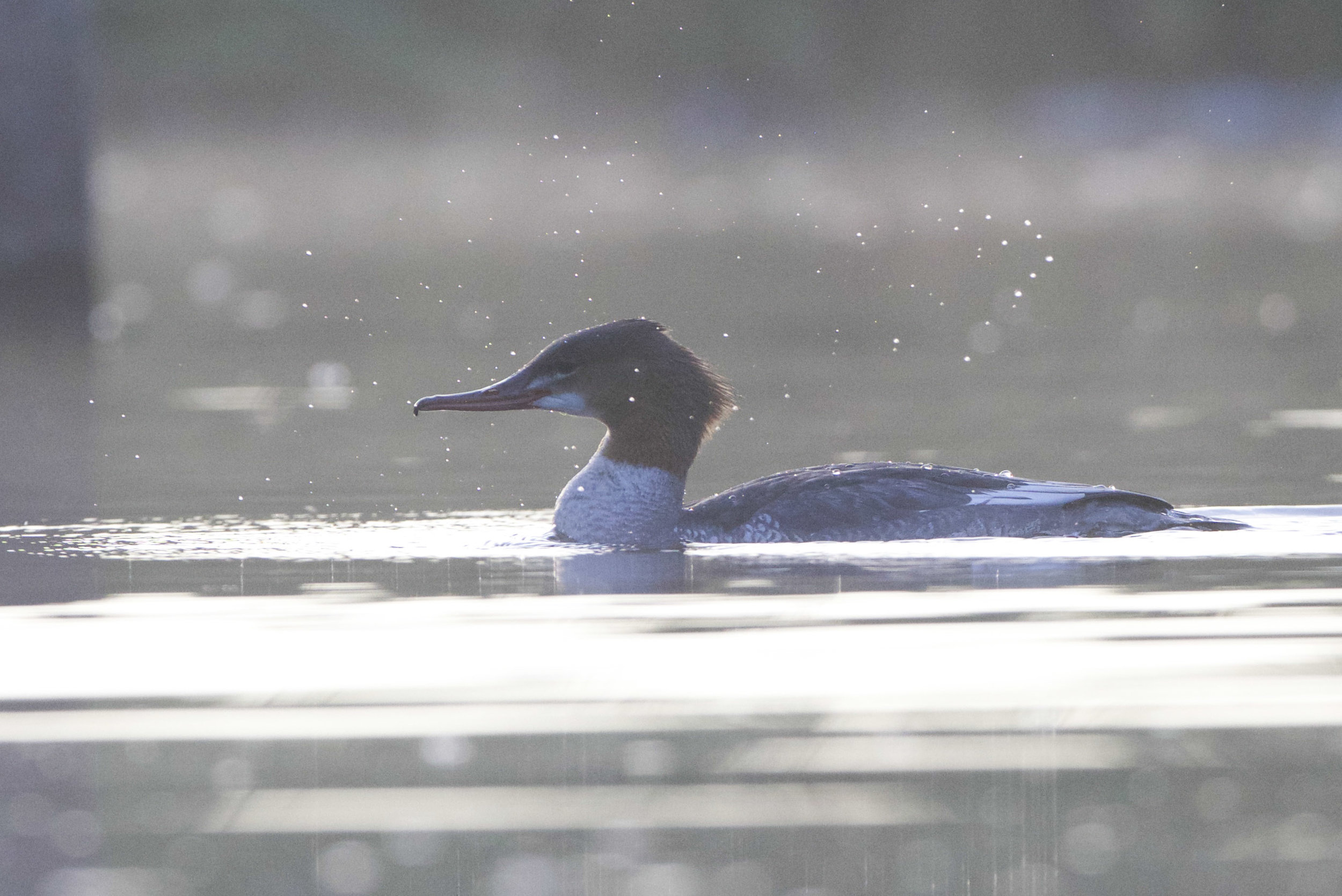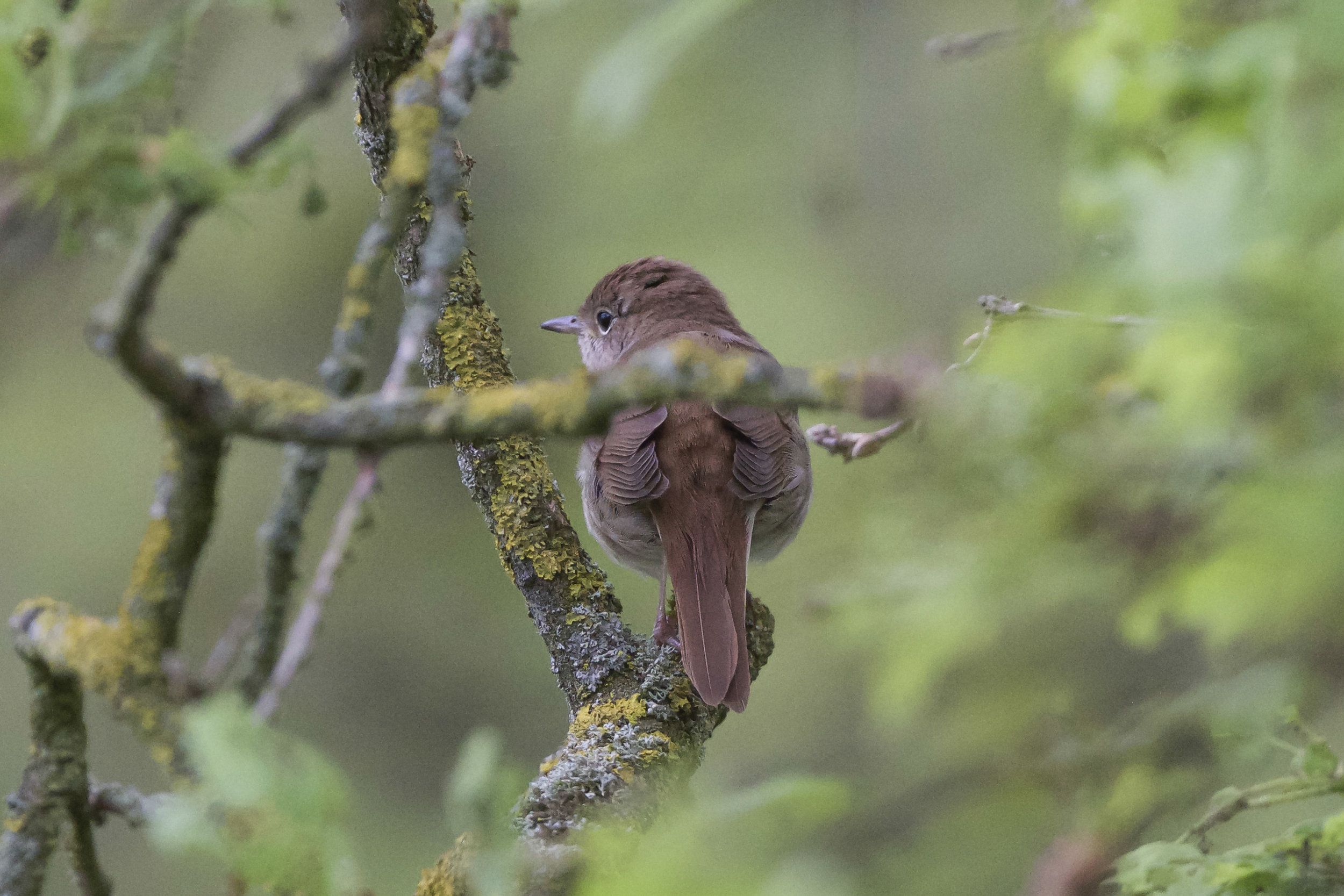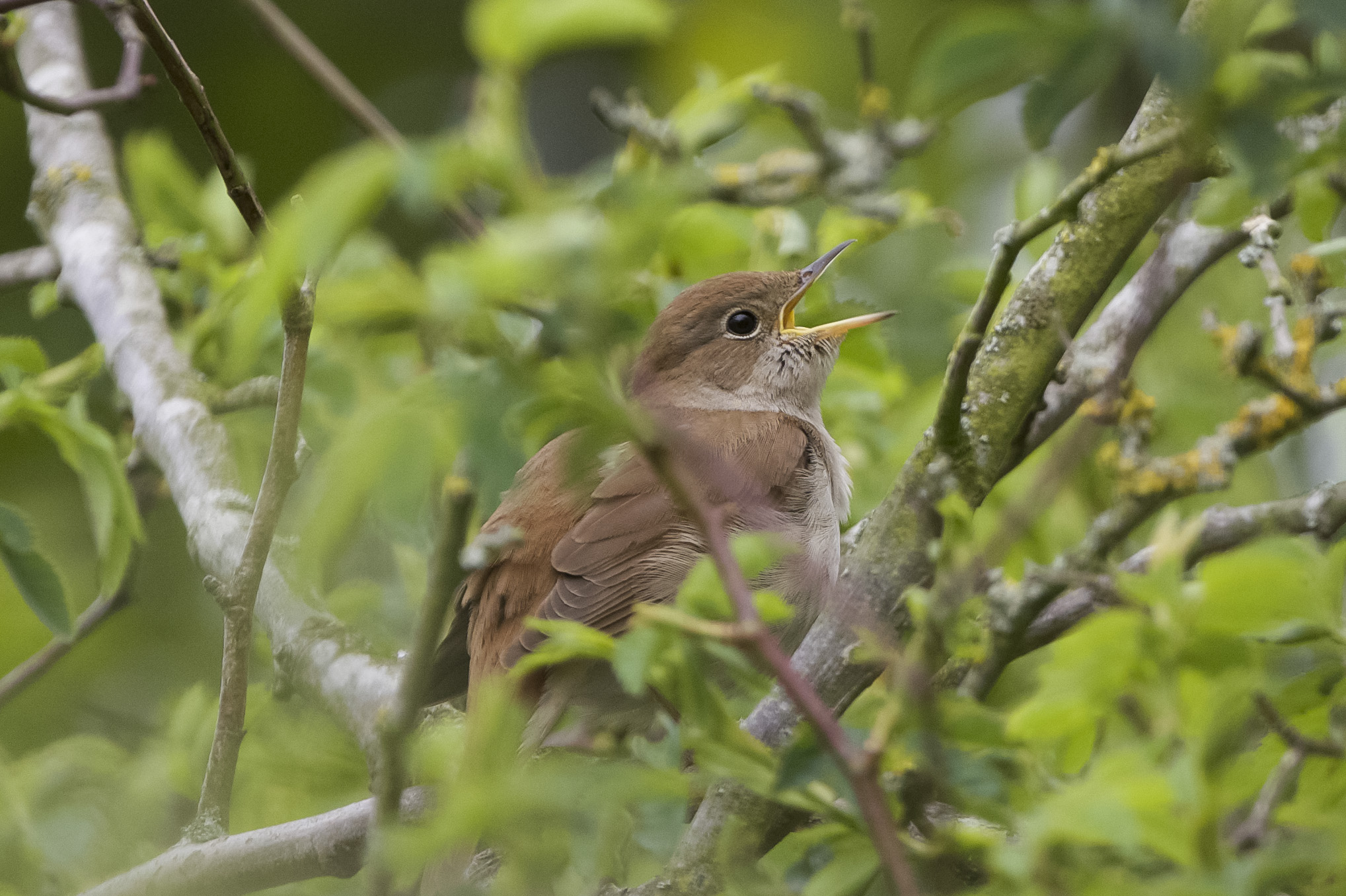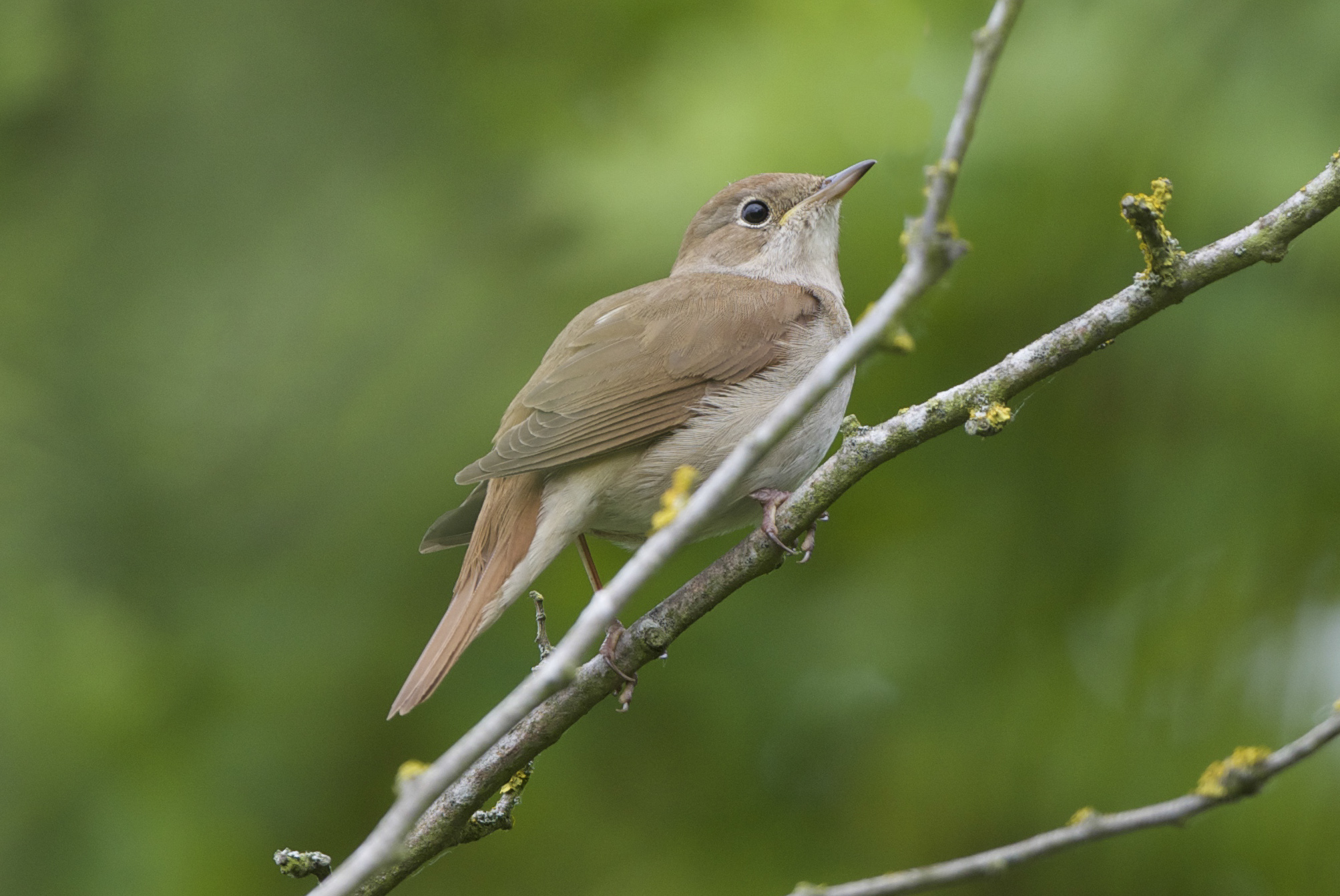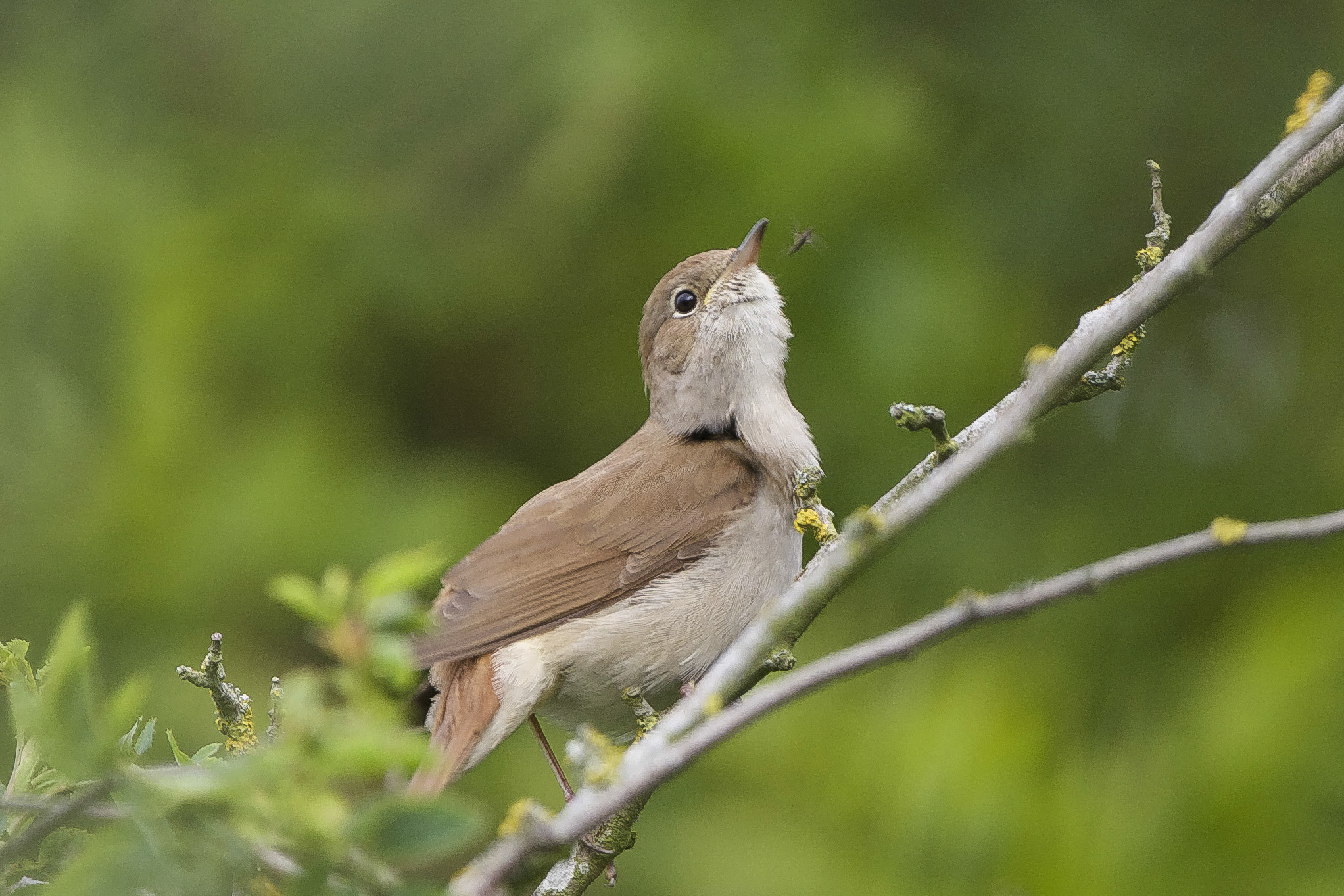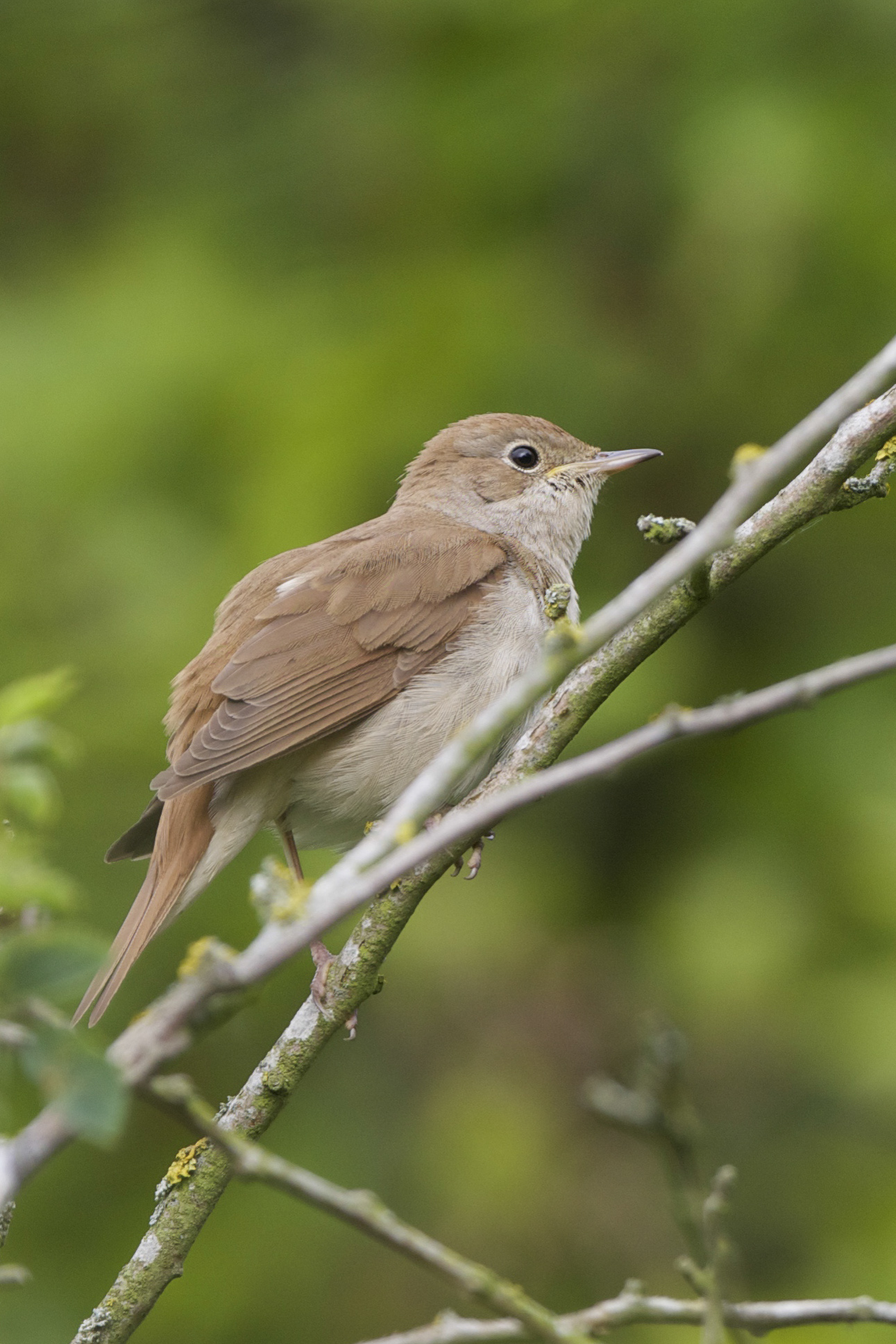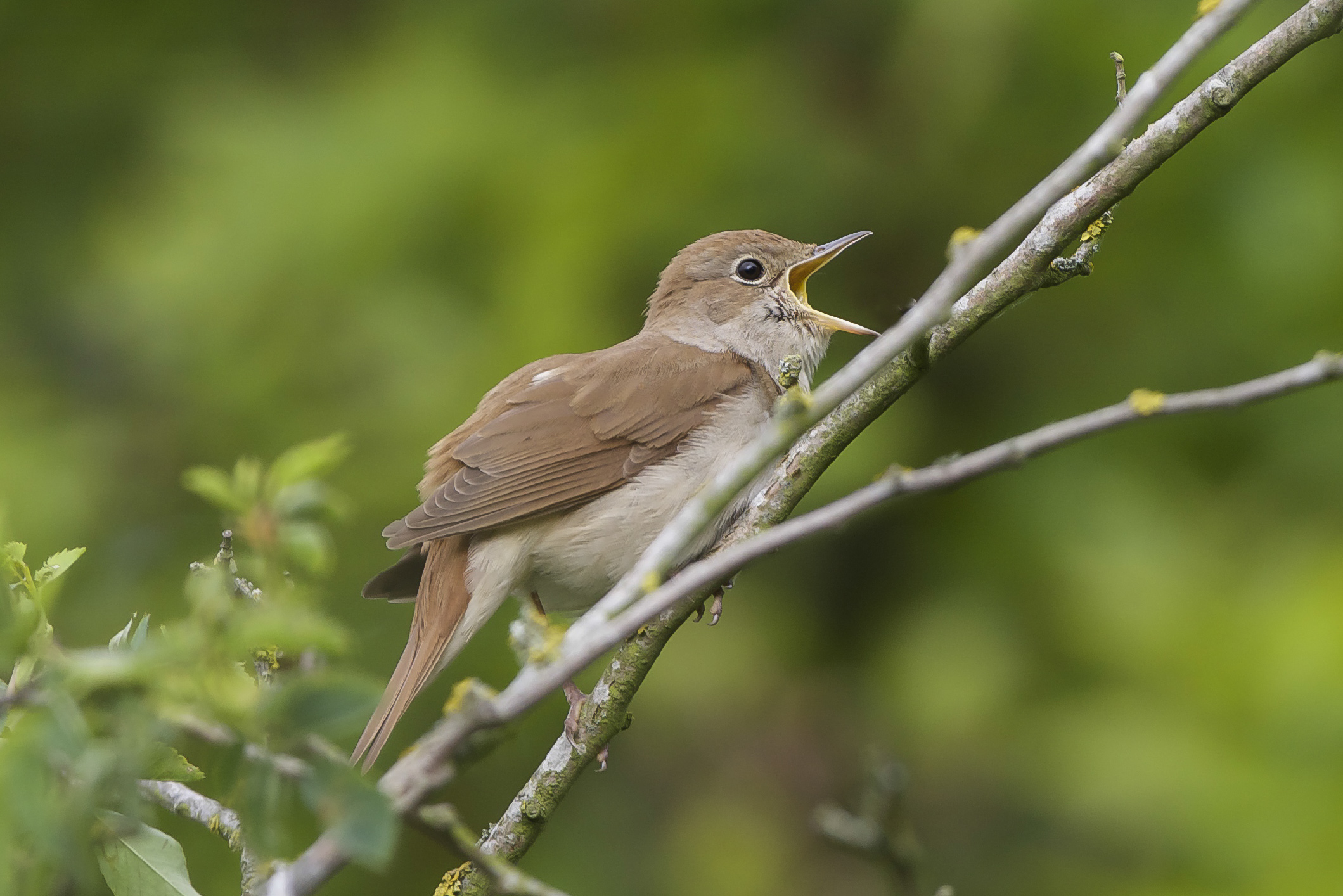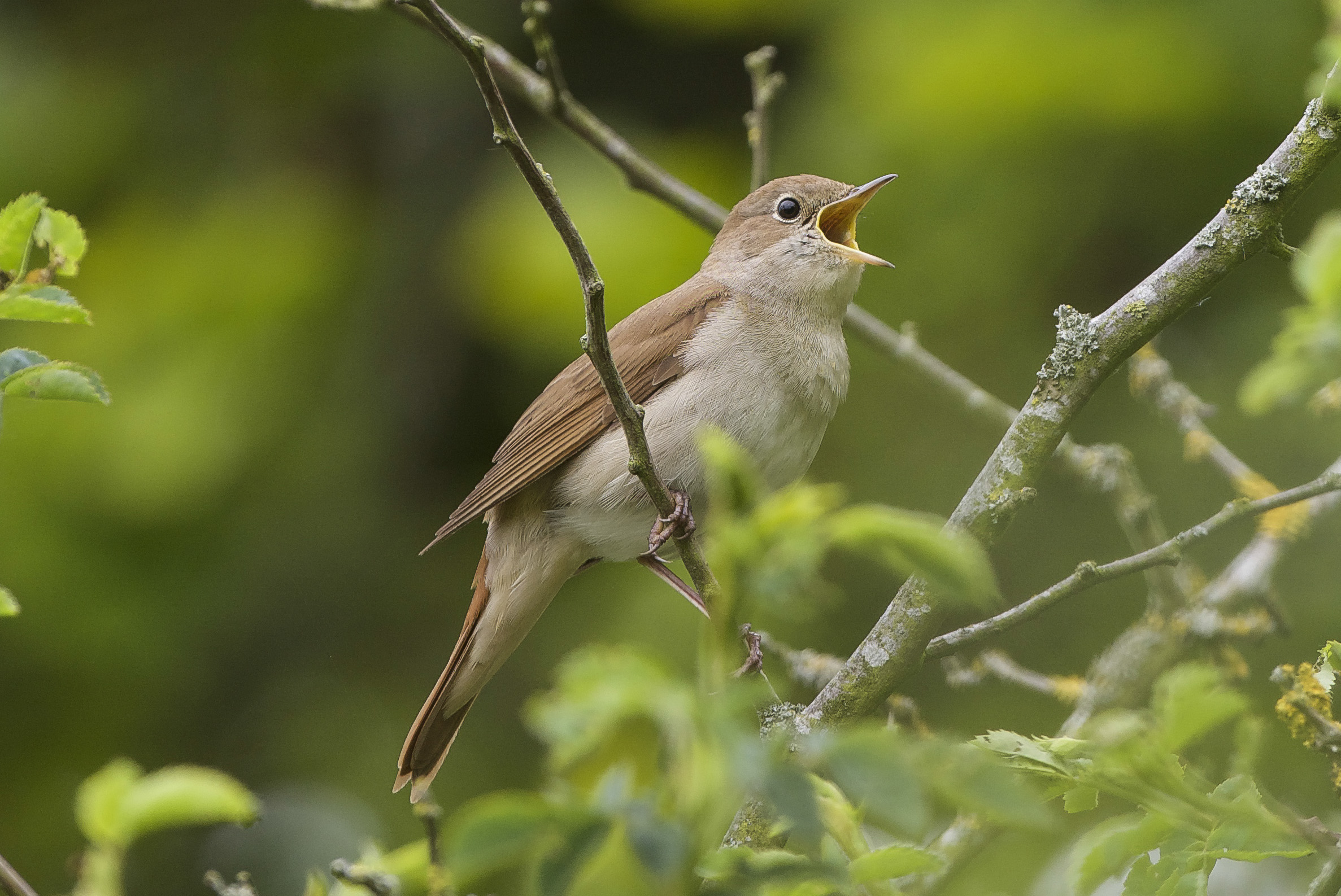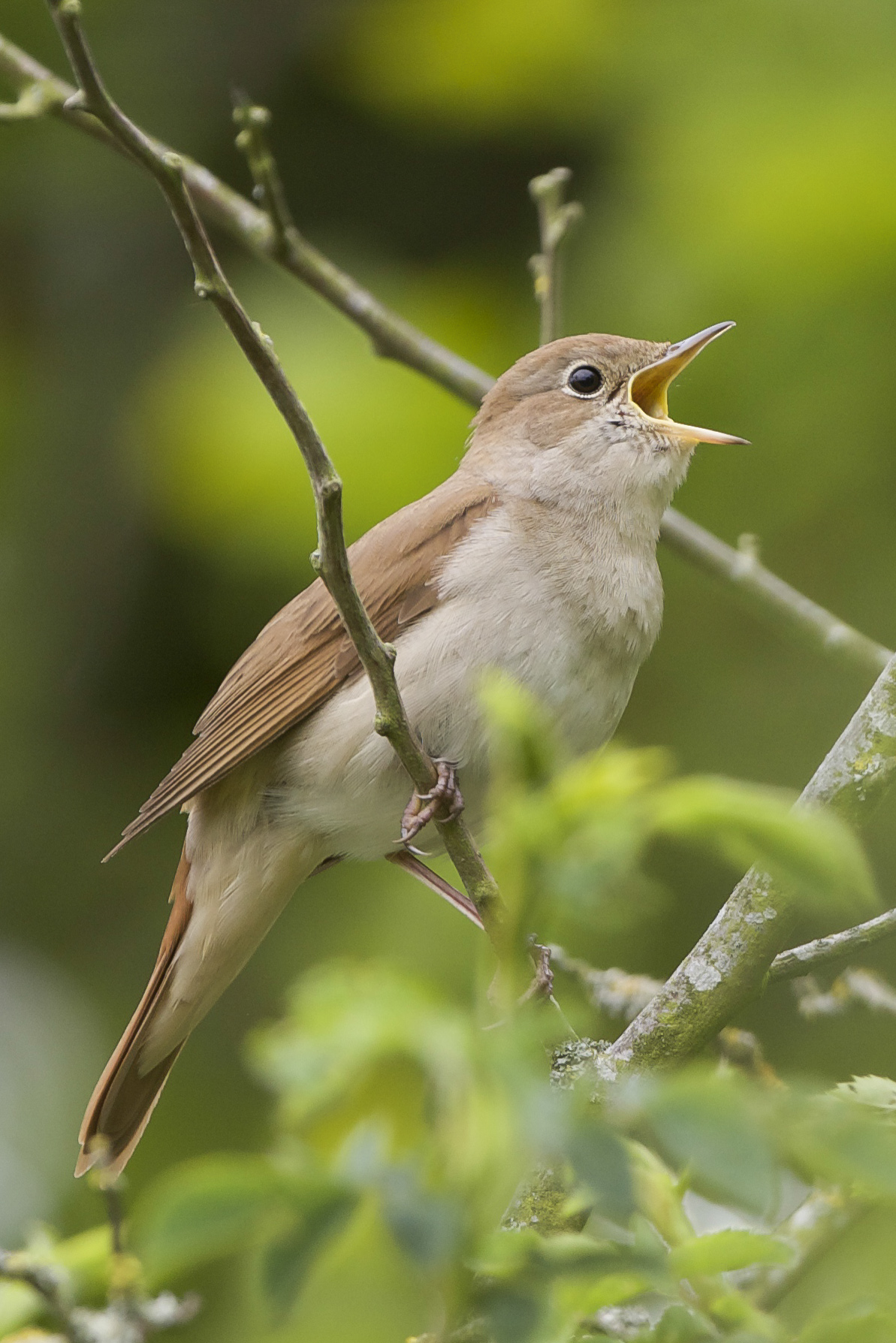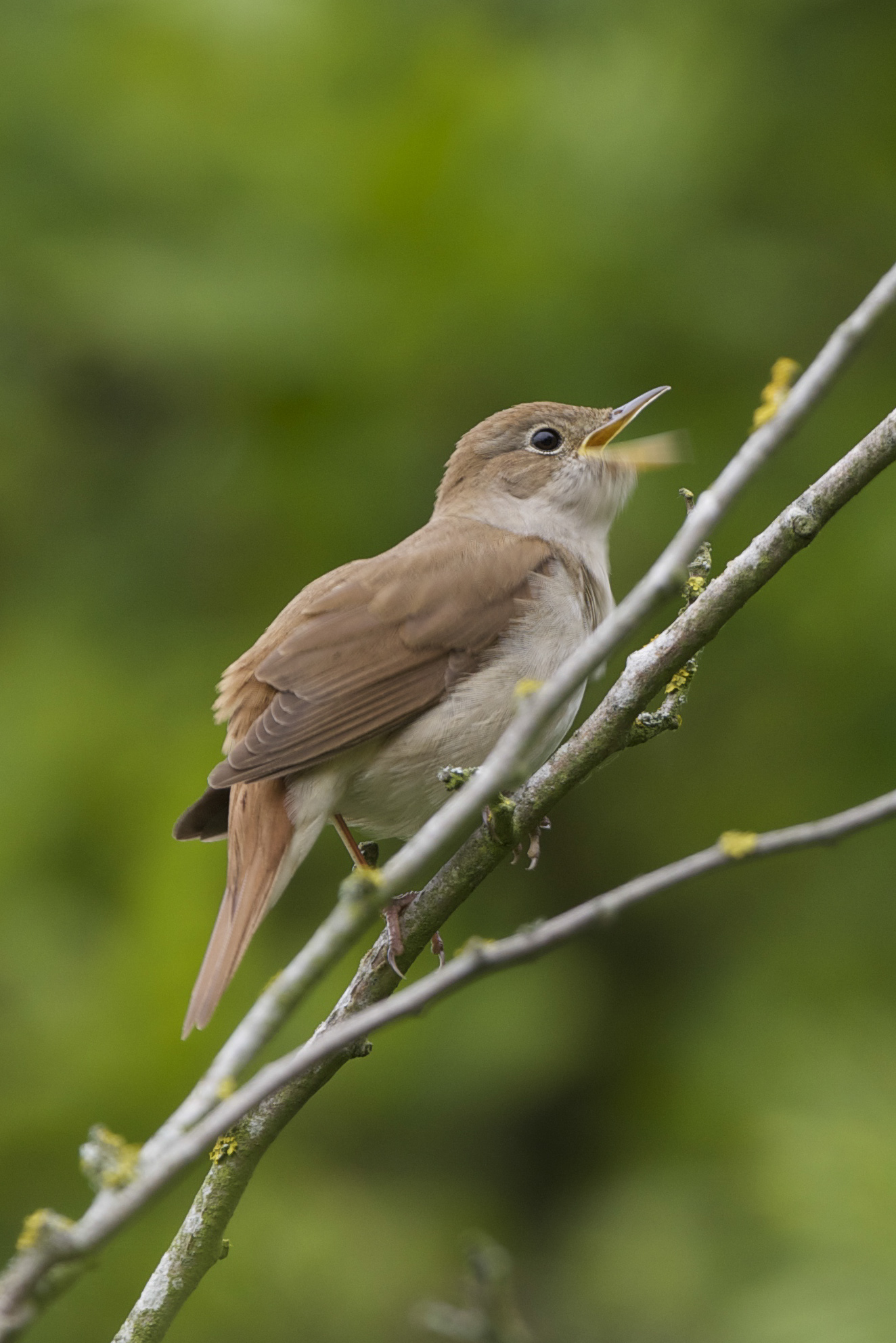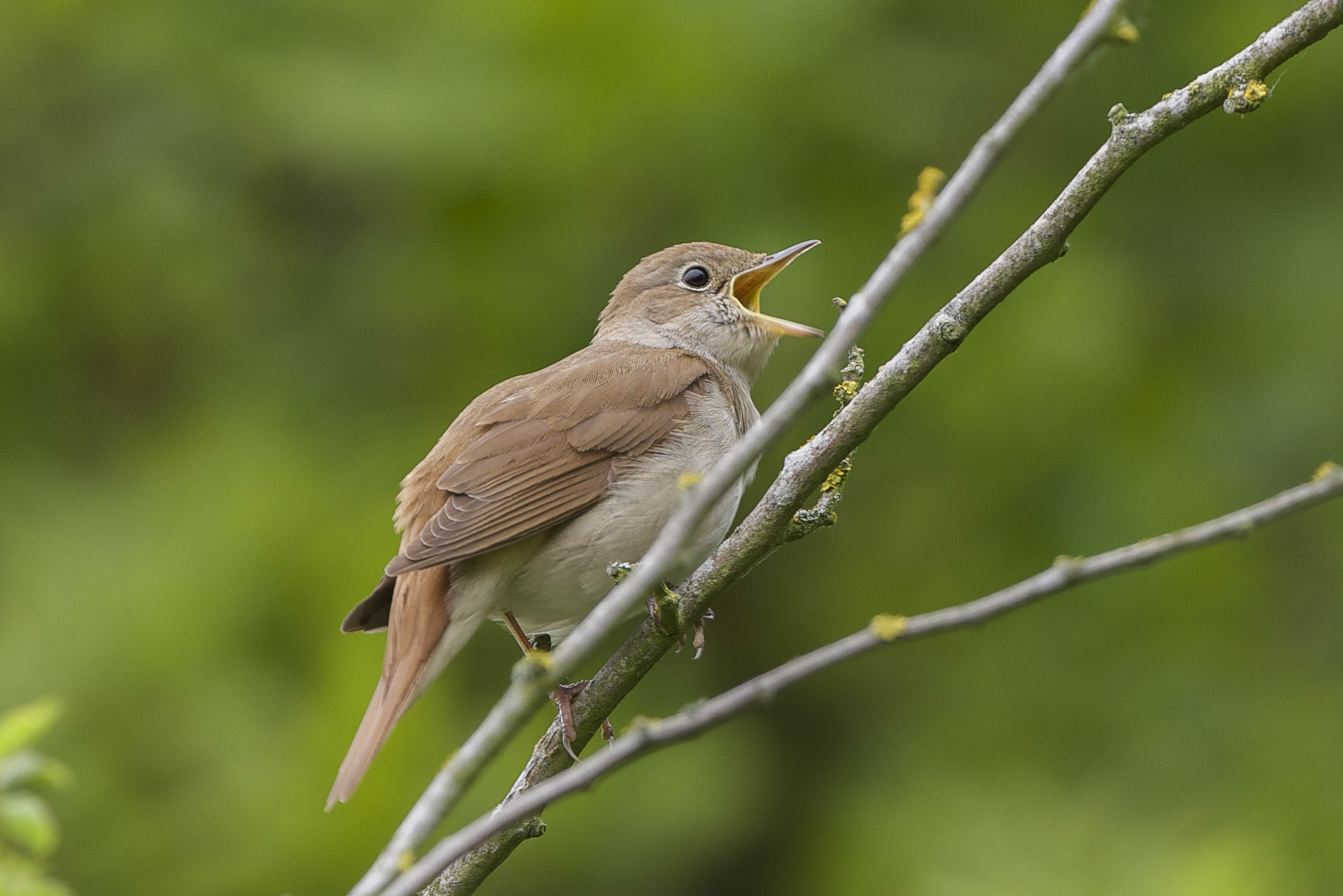I thought I would get out early yesterday morning and hopefully catch the sunrise at Tophill Low.
As soon as I set off I realised I was already late as the sky went from a gorgeous purple to an even more impressive pink-I was the best part of half an hour away.
Once I got to the Izzard hide, there were already four people there and it was stiii only a quarter to six.
As soon as I set up the photo opportunities were there straight away-snipe, bar tailed godwit and greenshank all in front of the hide. Little egrets squabbling and fishing in the first light of the day. A kingfisher sat on a perch 5 yards away. And they just kept coming, for 2 hours as the sun rose it was non-stop activity.
There is no doubt that the Izzard Hide has made a massive positive contribution to this reserve and its popularity has soared as a result. Credit must be given to Yorkshire Water and the team down there for their vision in creating a unique wildlife watching experience with no doubt a considerable investment.
A superb wildlife experience-we are very lucky to have a place like this on our doorstep.













